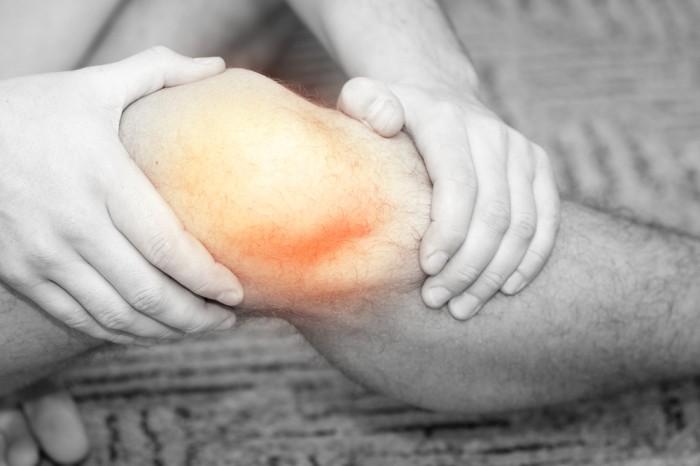by Dr. Kwabena Blankson | Contributor
16-year-old Robin has had the best summer. She traveled to 3 different states with her club soccer team and won 2 tournaments! School is about to start, and fall soccer practice will begin shortly thereafter.
13-year-old Raymond had the laziest summer ever. He deserved a break after a grueling high school baseball season. But fall baseball looms ahead. He hasn’t picked up a bat or jogged 90 feet in almost 3 months.
Both of these young athletes are at risk for overuse injury.
The most common musculoskeletal injuries in youth are overuse injuries, including but not limited to Osgood-Schlatter syndrome (inflamed lower knee pain), patellofemoral pain syndrome (kneecap irritation), medial tibial stress syndrome (shin splints), and stress fractures. Studies have estimated the prevalence of youth overuse injury to be as high as 68%. These injuries can occur secondary to anatomic issues (i.e. muscle tightness, foot anatomy), ill-fitting equipment (inappropriate footwear), improper rehabilitation of previous injury, biomechanical problems (i.e. stride length or gait), overuse (Robin), or from going from underuse to overuse too quickly (Raymond).
How can a parent identify/prevent these issues?
1) Talk to your teen. Seems obvious, but asking about pain and fatigue is part of your job as a parent. Don’t rely on the coach to ask. Some coaches will push athletes in pain, a badge of “toughness” waiting as a reward at the finish line. But an athlete with a little pain can become an athlete with a lot of pain if proper medical attention is not received. Teach your teen to listen to his/her body and then obey what the body says!
2) Take a break. Rest is a good thing. No, it’s a great thing. The teen athlete needs adequate sleep (8+ hours) to rest and recuperate. Training is important. But bear in mind that studies have shown that youth who train more than 16 hours a week are at increased risk of injury requiring medical attention. Other studies report training more hours per week than their age in years is an injury risk factor. It’s ok for parents to say, “take a day off” even if makes them unpopular with the coach and their teen. Get a doctor’s note if backup is needed.
Finally, let’s not forget another overuse injury, a non-physical one. Psychological burnout is real. When a teen has chronic fatigue, decreased sports performance and lack of enthusiasm about practice or competing, consider burnout. It may not be laziness. It may be a cry for help to an adult who is willing to listen. Keeping workouts fun, cross-training, resting one to two days per week and taking longer scheduled breaks are all strategies to keep a teen fresh, focused, and ready to excel in sports, school, and personal development.


